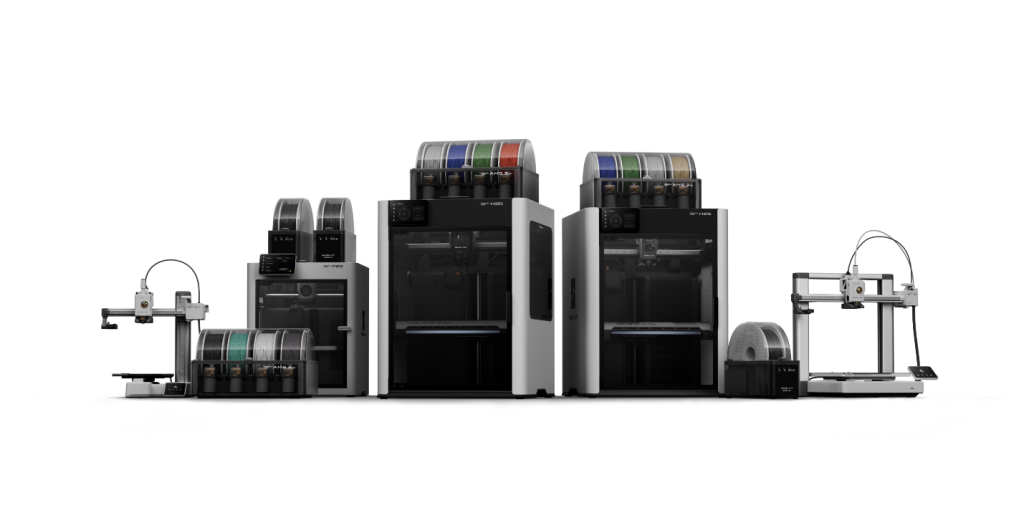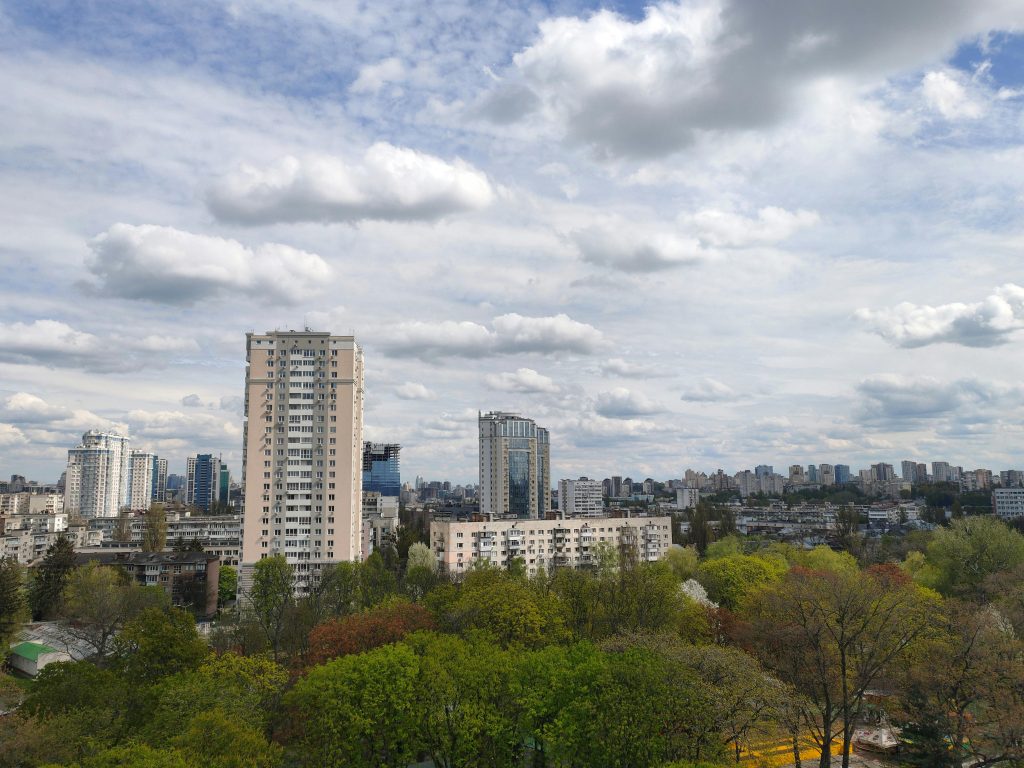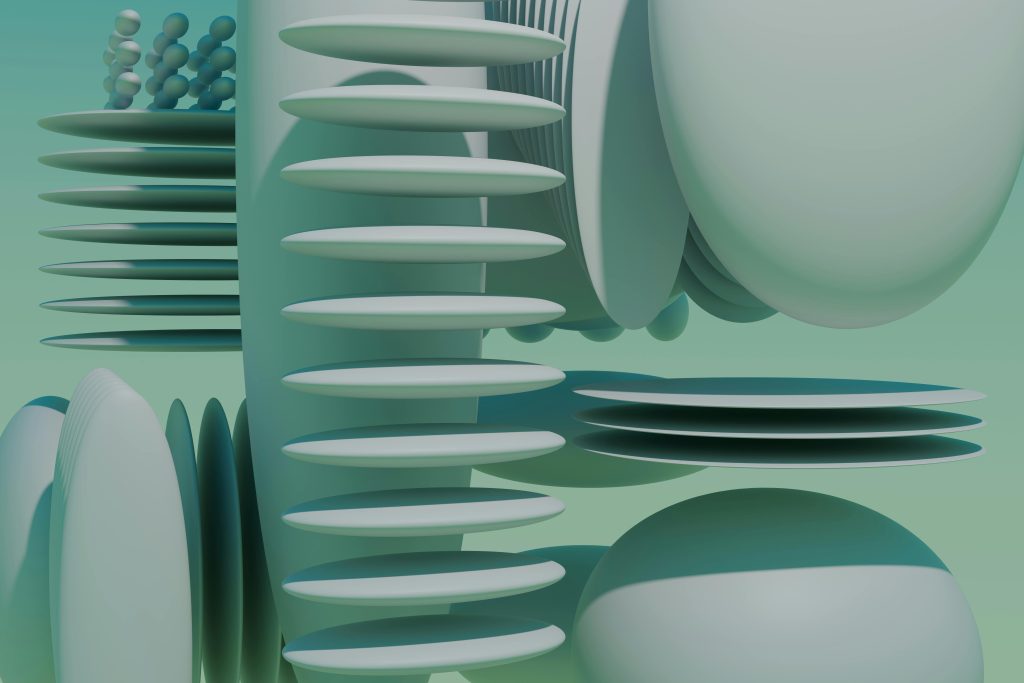Modern coastal architecture is more than just a design trend – it’s a lifestyle. It’s about embracing the outdoors, crafting spaces that feel alive, and merging sleek, innovative design with the beauty of nature.
Modern coastal houses aren’t just homes; they’re a testament to how thoughtful architecture can transform the way we live, especially when life revolves around the water.
Let’s break down how modern coastal architecture is evolving, focusing on how the exteriors of these homes are setting new standards in beauty, functionality, and sustainability.
The Evolution of Modern Coastal Architecture
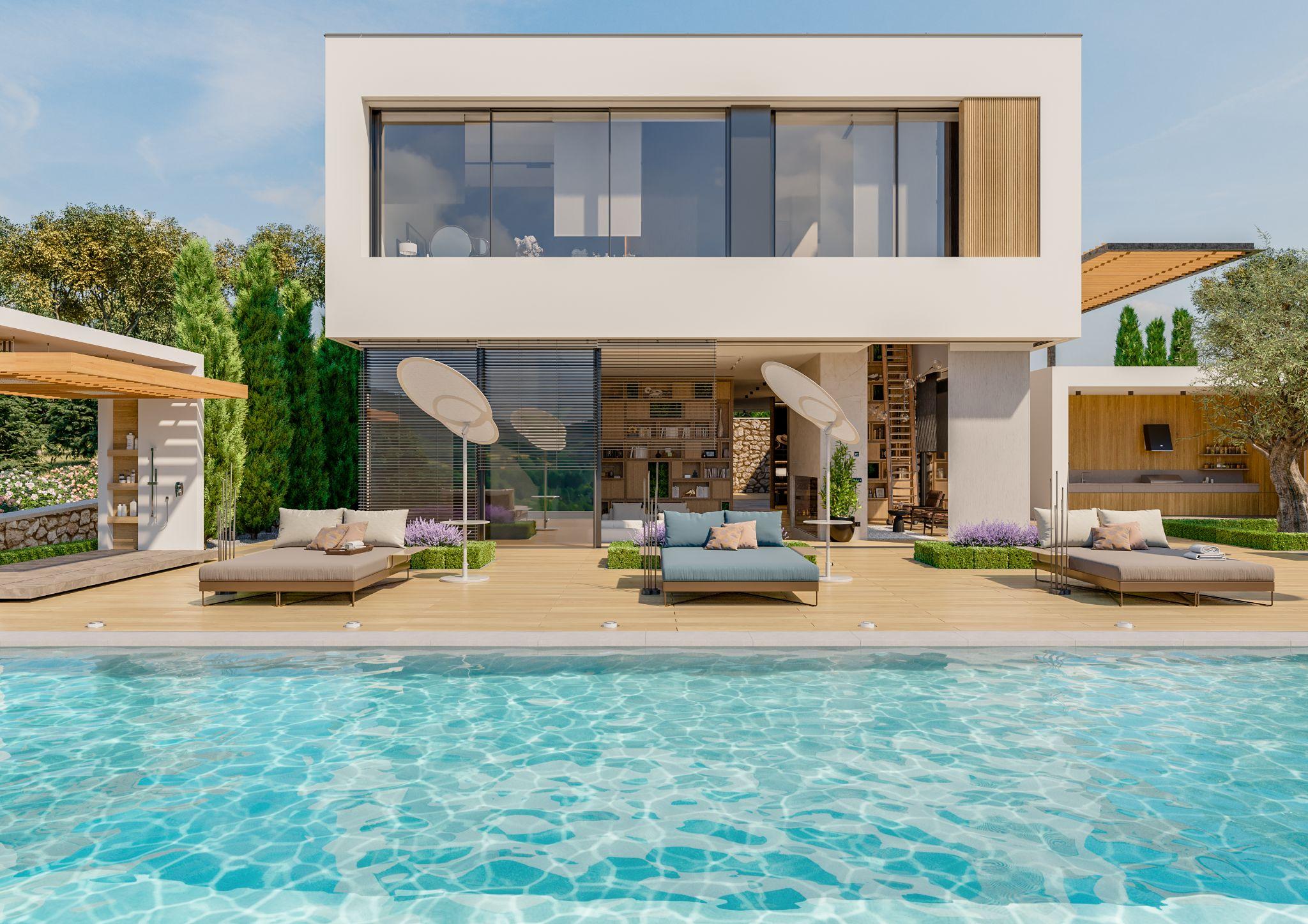
Gone are the days of purely traditional beach houses with clapboard siding and simple layouts. Modern coastal homes are rewriting the rules, focusing on clean lines, bold materials, and a deep connection to their surroundings.
Today’s modern coastal house plans emphasize seamless transitions between indoor and outdoor spaces, blending nature and architecture in a way that feels effortless. Think bold geometric shapes softened by natural materials like wood and stone, creating a visual balance that’s both striking and welcoming.
The exteriors of these homes don’t just look good – they’re built to withstand the challenges of coastal living while enhancing the beauty of the environment around them.
This shift in design highlights how modern coastal architecture isn’t just about aesthetics; it’s about creating homes that respect and complement the landscapes they inhabit.
Exterior Features of Modern Coastal House Plans
The exteriors of modern coastal homes are where functionality meets artistry. Every detail is designed to handle the elements while making a statement.
Here are some of the standout features you’ll see in today’s modern coastal homes:
1. Expansive Glass Walls
Glass isn’t just a design choice—it’s a game-changer. Expansive glass walls and oversized windows dominate modern coastal designs, framing breathtaking views and flooding interiors with natural light.
Sliding or retractable glass doors take it further, blurring the line between inside and out. Whether it’s a quiet morning with ocean views or a lively evening gathering, these features keep you connected to your surroundings.
2. Natural Materials
Natural materials like stone, wood, and concrete add texture and warmth to the sleek exteriors of modern coastal homes. Weather-resistant hardwoods add depth, while raw concrete or textured stone creates a rugged, timeless look.
These materials are chosen not just for their aesthetic appeal but also because they’re built to withstand the salty air, wind, and humidity of coastal environments.
3. Elevated Foundations
Living near the water means dealing with rising tides and storm surges, making elevated foundations a must. These raised designs not only protect the home but also add visual drama, giving the home extra height. But, when it comes to modern homes, these foundations are mostly platform bases and are usually hidden.
4. Outdoor Living Spaces
Decks, patios, and rooftop terraces are no longer just “extras.” They’re essential features that expand living spaces and make the most of the coastal setting. With features like built-in seating, outdoor kitchens, and even small plunge pools, these spaces are designed for everything from quiet relaxation to entertaining guests in style.
Together, these features create a harmonious blend of practicality and beauty and ensure that every part of the home’s exterior boosts that coastal lifestyle.
Sustainability in Coastal Architecture
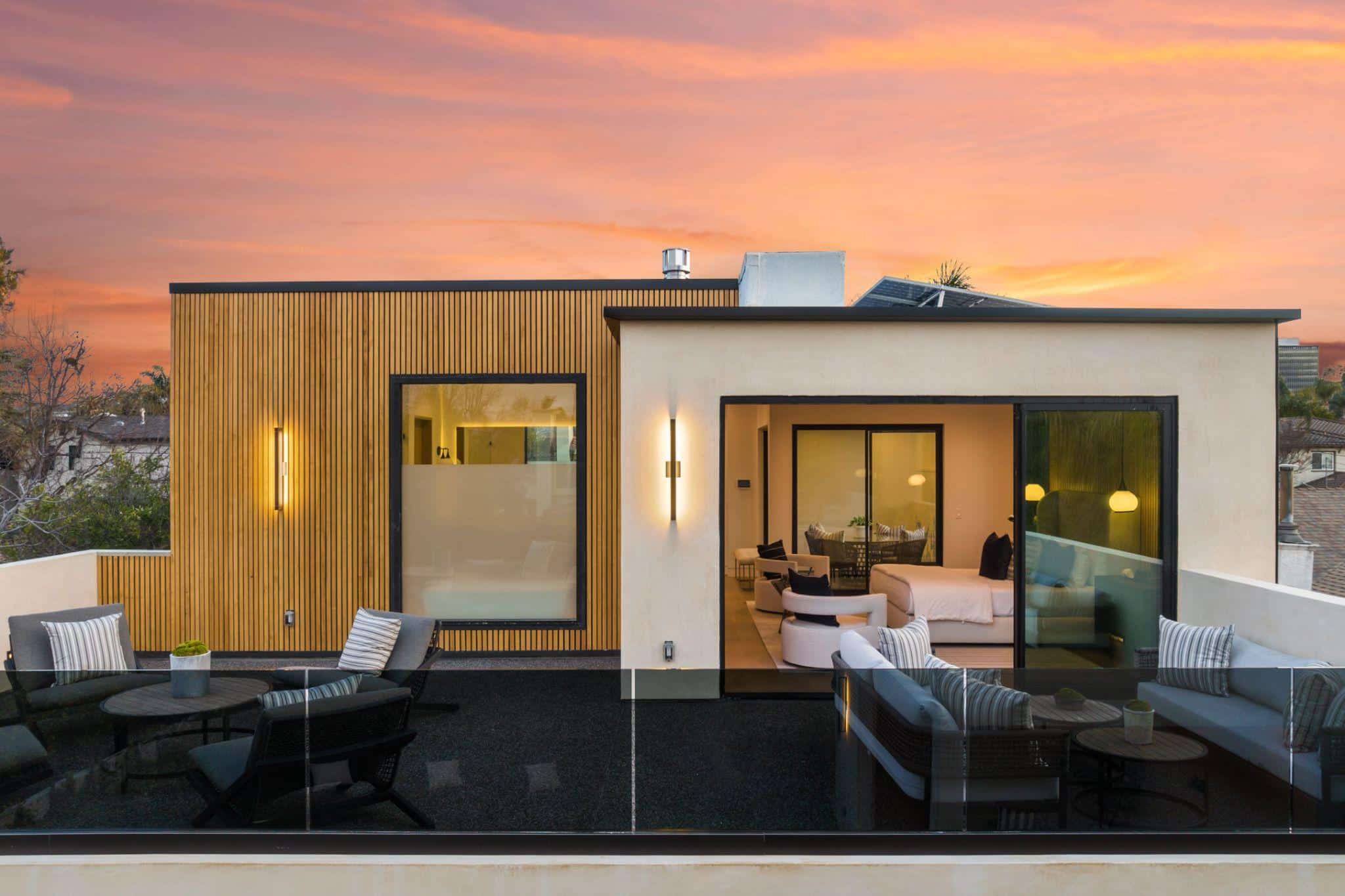
Sustainability isn’t just a buzzword—it’s a core principle of modern coastal house plans. These homes’ exterior designs prioritize eco-friendly elements, proving that luxury and sustainability can go hand in hand.
Here are just some of the things that can and should be incorporated into these homes:
1. Solar Integration
Modern coastal homes are making solar panels a standard, not an afterthought. Thin, high-performance panels are seamlessly integrated into sleek roof designs, ensuring they don’t disrupt the home’s overall aesthetic. The result? Energy-efficient homes that look as good as they perform.
2. Green Roofs and Coastal Landscaping
Green roofs, planted with native grasses or succulents, are both beautiful and practical. They provide natural insulation, reduce energy usage, and blend effortlessly with the coastal surroundings.
Paired with landscaping that includes salt-tolerant plants like lavender, sea grapes, and dune grasses – and voila! You’ve created a harmonious relationship between the home and its environment.
3. Permeable Paving
Driveways and pathways made with permeable materials like gravel or pavers are becoming a popular choice for modern coastal homes. These materials allow water to drain naturally, reducing runoff and protecting local ecosystems. At the same time, they add texture and visual interest to outdoor spaces. Practicality and aesthetics go hand in hand!
Sustainable design elements like these ensure that modern coastal homes respect their natural surroundings and contribute to their preservation. And isn’t modern living all about that?
Merging Style and Functionality
In modern coastal architecture, beauty isn’t enough – it’s all about creating exteriors that are as functional as they are stunning. Because what is a home if you can’t live comfortably in it?
Let’s see what some of the things are that make that comfort possible.
1. Slanted Roofs
Slanted roofs have become a staple in coastal design, combining form and function. They’re not only visually striking but also ideal for channeling rainwater, improving ventilation, and withstanding high winds.
2. Durable Finishes
Every material on the exterior of a coastal home is chosen with durability in mind. Coastal-friendly paints, weather-resistant cladding, and advanced sealants ensure the home stays pristine even after years of exposure to harsh elements like salt, wind, and sun.
3. Shading and Overhangs
Extended rooflines, pergolas, and trellises provide both shade and style. These features make outdoor spaces more comfortable, protect windows from direct sunlight, and add visual layers to the home’s design.
This balance of style and practicality ensures that modern coastal homes look stunning and are built to perform in even the toughest environments.
Outdoor Living: The Heart of Coastal Homes
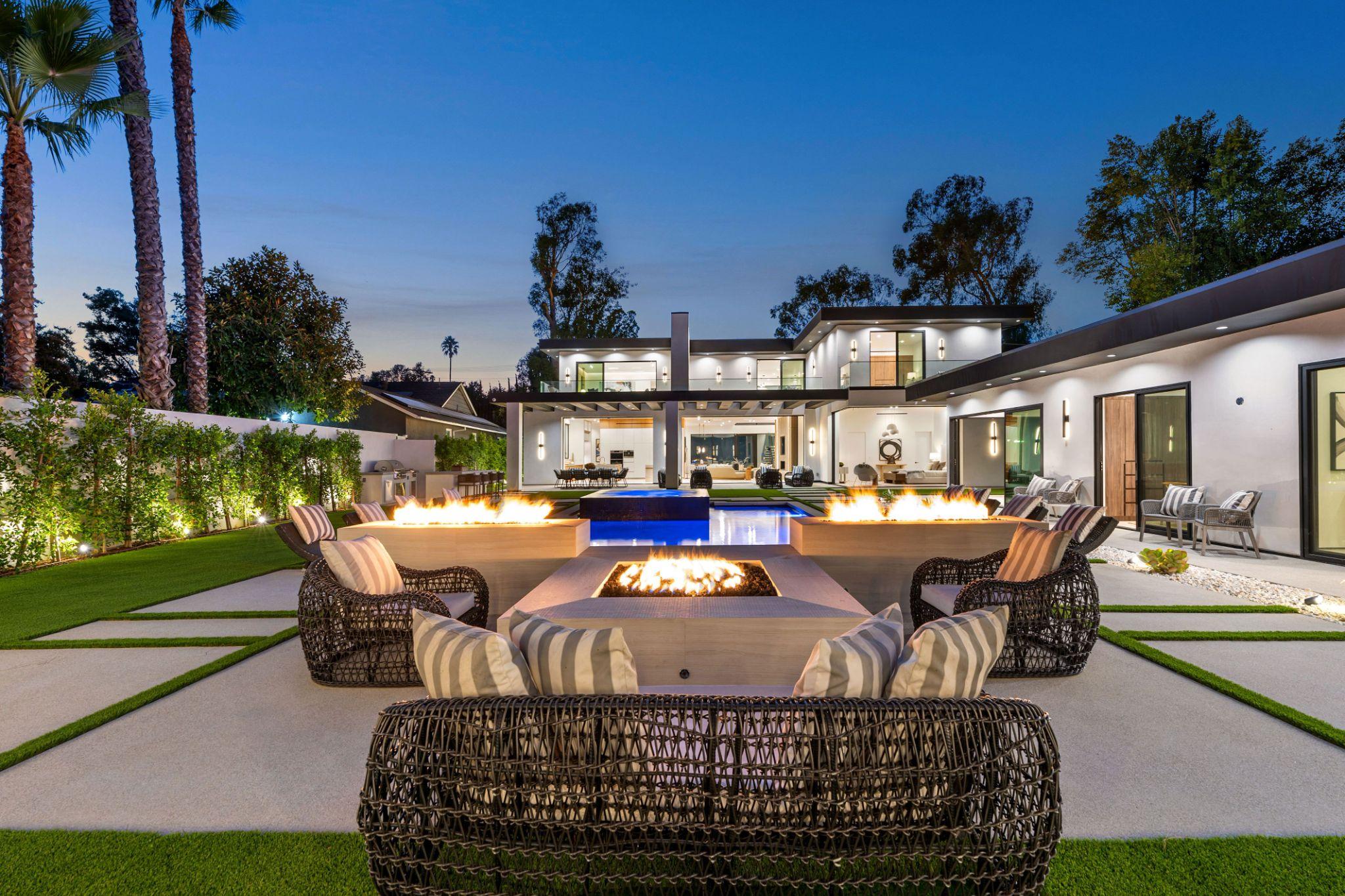
Outdoor spaces define modern coastal living. They are no longer secondary—they are integral to how these homes function and feel.
Here are some features that are a must if you want a modern beach home:
1. Infinity Pools
An infinity pool overlooking the ocean isn’t just a luxury – it’s a transformative feature that connects the home to its surroundings. Positioned to align with the horizon, these pools create the illusion of merging with the sea, adding a sense of serenity and endlessness to the design.
2. Fire Pits and Seating Areas
Coastal evenings are made for gathering around a fire pit. Built-in seating and stylish fire features create intimate spaces that feel cozy yet open, perfect for winding down after a day in the sun.
3. Outdoor Kitchens and Dining Spaces
Outdoor kitchens are the epitome of modern coastal living, making it easy to host al fresco meals with friends and family. From built-in grills to fully equipped prep areas, these spaces are designed to combine practicality with laid-back elegance.
These outdoor spaces are the heart of modern coastal homes, bringing people together and creating memories that feel as endless as the ocean views. Cause what good is such a house for if you can’t share it all with your loved ones?
Coastal Living, Redefined
Modern coastal architecture reimagines how we live, or at least should live, by the sea. With its focus on clean lines, natural materials, and outdoor spaces that invite the environment in, it sets the stage for a unique way of life.
Every design choice—from expansive glass walls to eco-friendly landscaping—reflects the harmony between functionality and beauty. This is a testament to how thoughtful design can transform a house into a place that feels timeless, inviting, and deeply connected to its surroundings.



